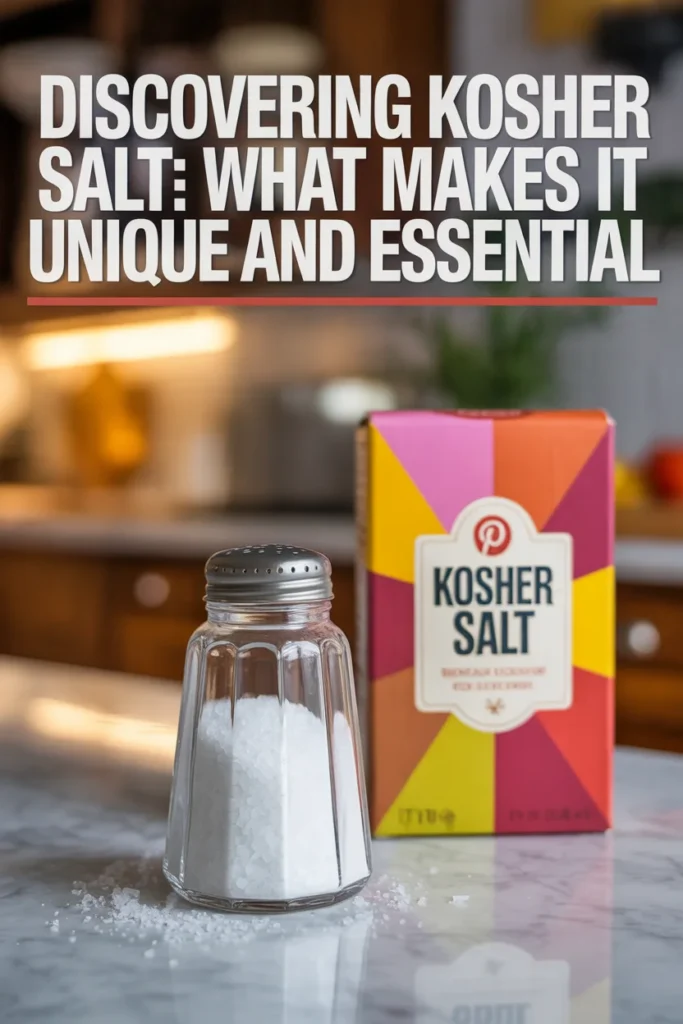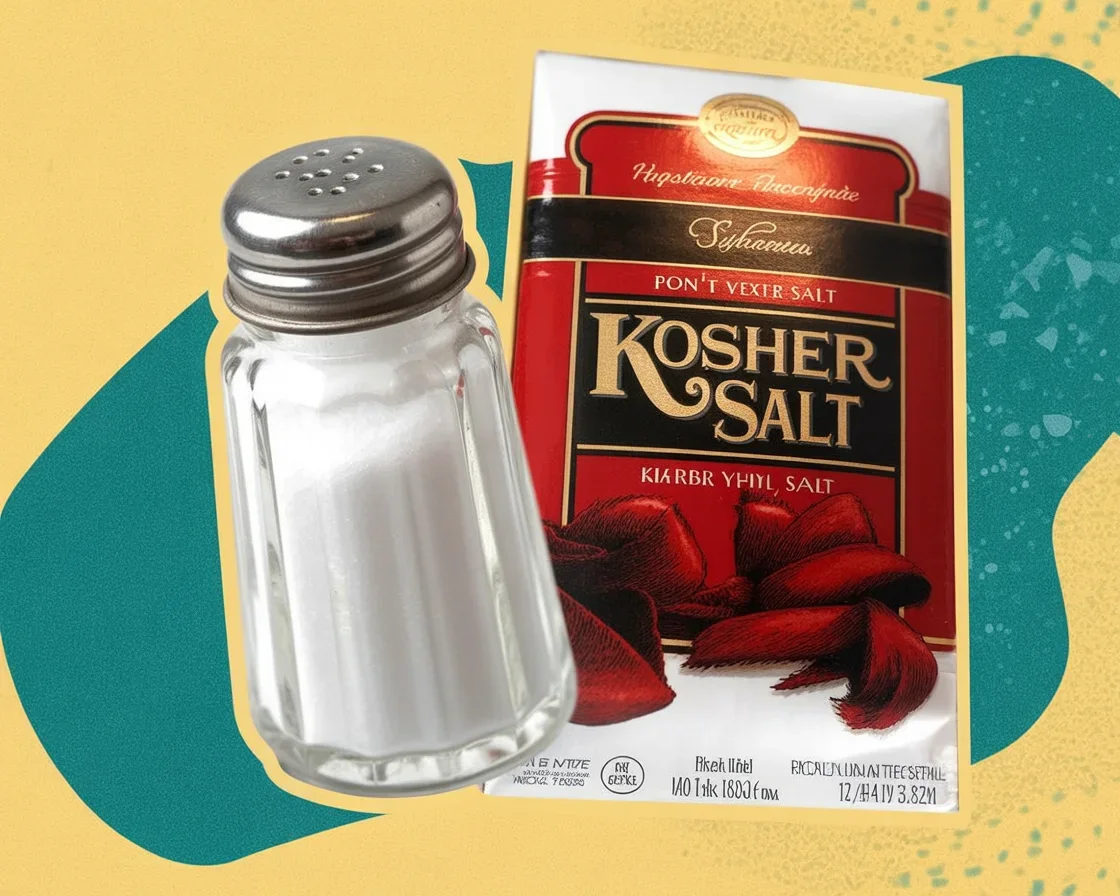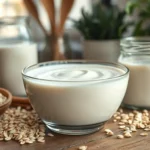Kosher salt. Have you ever tried to follow a recipe and wondered why it always says to use kosher salt instead of, like, the plain table stuff sitting in your cabinet? Same! I remember staring at my spice shelf, wishing I knew if it really mattered or if I could just use whatever.
Come to find out, it’s not just a picky chef thing. There’s a real reason behind it, and trust me, once you switch, you won’t look back.
Table of Contents
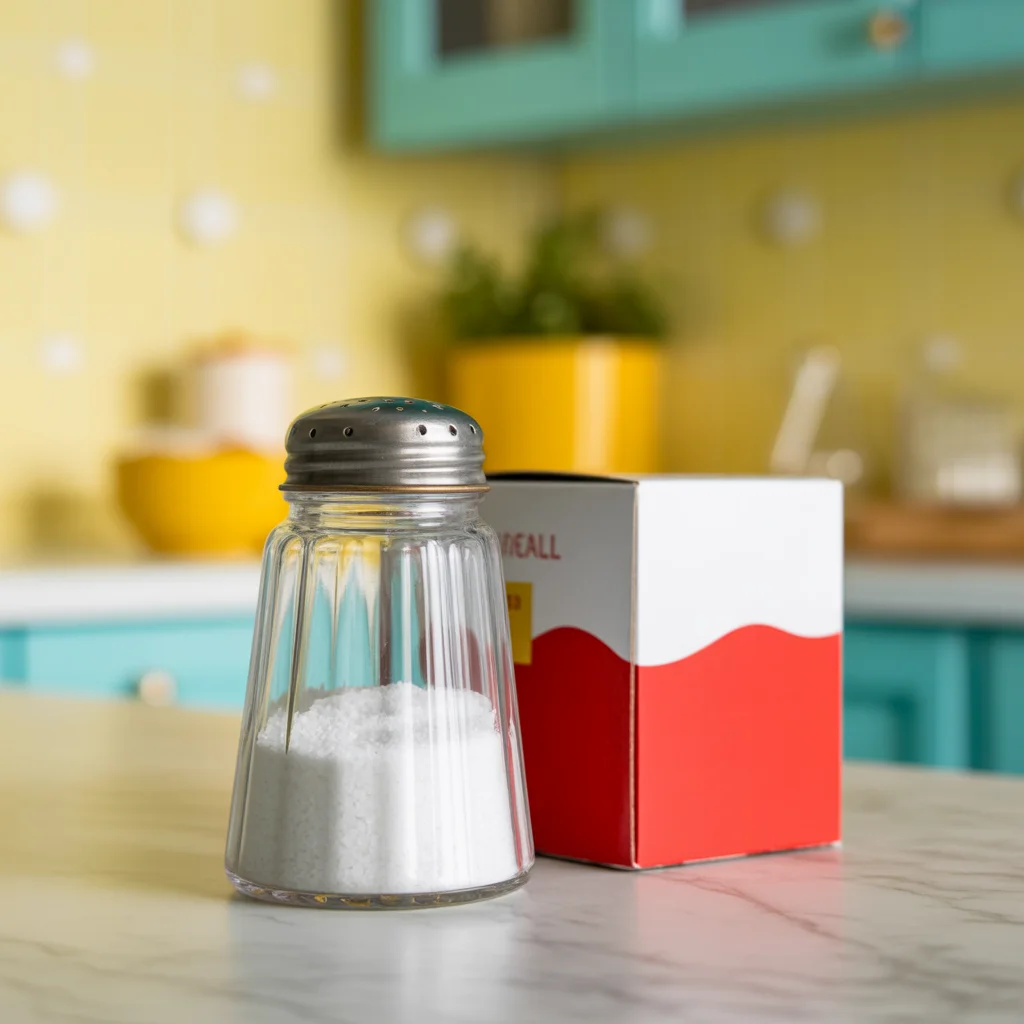
Etymology
So, where did the name “kosher salt” even come from? Well, it’s not because it’s blessed or anything. Nope. It actually gets its name because it was originally used for koshering meat. The texture made it perfect for drawing out blood, which is a part of kosher food laws. Pretty practical, right? “Kosher” here is all about the process, not some secret ingredient or ritual. So, when someone says kosher salt, just know it’s mainly talking about size and purpose rather than being spiritual. Honestly, I thought it was much more mysterious growing up.
Print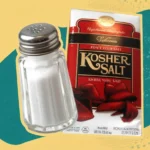
Understanding Kosher Salt
- Total Time: 10 minutes
- Yield: 1 serving
- Diet: None
Description
Discover the significance of kosher salt, its culinary history, usage tips, and how it can elevate your cooking.
Ingredients
- Kosher salt
Instructions
- Use kosher salt for salting meats before cooking for a perfect crust.
- Sprinkle it over veggies before roasting for enhanced flavor.
- Mix into doughs or batters carefully.
- Season pasta water with kosher salt for better taste.
Notes
When substituting table salt for kosher salt, use less due to the difference in crystal size and sodium content.
- Prep Time: 10 minutes
- Cook Time: 0 minutes
- Category: Seasoning
- Method: Sprinkling
- Cuisine: General
Nutrition
- Serving Size: 1 pinch
- Calories: 0
- Sugar: 0g
- Sodium: 390mg
- Fat: 0g
- Saturated Fat: 0g
- Unsaturated Fat: 0g
- Trans Fat: 0g
- Carbohydrates: 0g
- Fiber: 0g
- Protein: 0g
- Cholesterol: 0mg
Keywords: kosher salt, cooking tips, seasoning, culinary use, salt guide

Culinary History
Let’s take a quick trip back. Before every big grocery chain stocked their shelves, kosher salt was already a quiet superstar in homes where folks prepped meat according to tradition. It became beloved by chefs, too. Why? Two things: texture and flavor. Those big, flaky crystals were easy for their fingers to pinch. It sprinkled evenly, and that made it a chef’s best buddy in the kitchen. Over time, it snuck into just about every cuisine. I guess you could say it’s the underdog that somehow became everyone’s favorite. It doesn’t have weird additives or that overly “salty” bite table salt sometimes gives.
Use of Kosher Salt
Here’s where things get interesting (and, honestly, this is the part that changed how I cook). Kosher salt is a game changer for seasoning. Because the crystals are bigger, it’s way easier to grab a pinch. You don’t end up over-salting nearly as often. Plus, it dissolves nicely into dishes—soups, pastas, rubs, you name it. Ever wondered why your roasted chicken didn’t come out tasting like a five-star restaurant treat?
Try kosher salt. Sprinkle it right on the skin, rub it in… you’ll be amazed. It’s also perfect for seasoning water before boiling pasta (skip the microscopic stuff—big flakes do wonders). Sometimes, I even toss a pinch on chocolate chip cookies for a little extra magic. (And no one’s ever objected.)
How This Salt Is Made
Kosher salt usually starts with regular old salt from underground mines or sea water, but here’s the key: it’s not about what it’s made from, but how it’s made. The crystals are flattened out into large flakes, or sometimes left as chunky little pyramids. Sounds fancy, but it’s just a simple process—milling and evaporation. That’s what gives it the unique shape and texture that make it so satisfying to sprinkle. No anti-caking agents or iodine tossed in, which is why it tastes extra clean. You can actually feel the difference just by pinching it between your fingers (and, weirdly, it’s kind of fun).
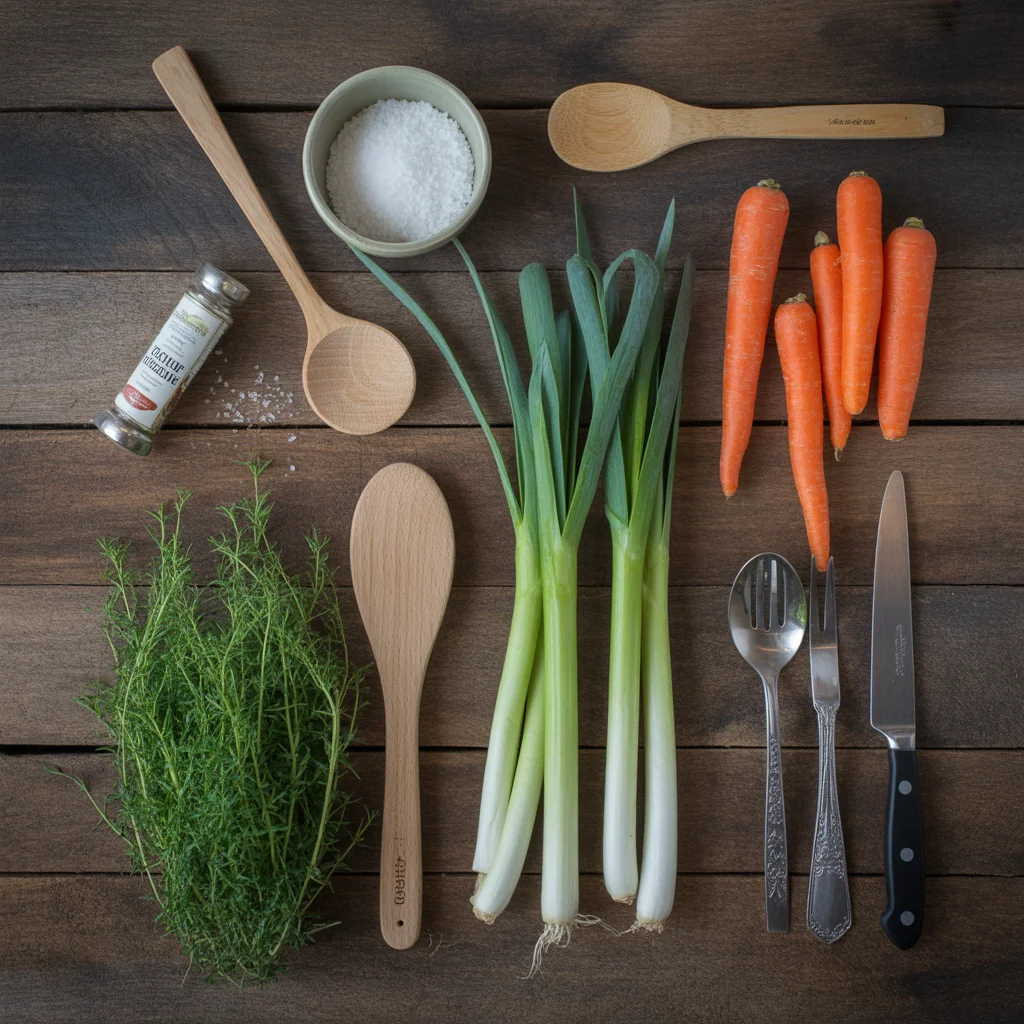
When to Use this Salt
You’ve got choices, but I always reach for kosher salt when I’m:
- Salting steaks, chicken, or fish before cooking (trust me, perfect crust every time)
- Sprinkling over veggies before roasting (the flakes stick, and every bite gets flavor)
- Mixing into doughs or batters (ok, but don’t go crazy—big flakes mean big bursts)
- Seasoning pasta water (it’s not the same without it!)
If you’re ever just not sure, here’s my lazy rule: if the recipe says “salt” and you have kosher, use it unless you’re baking something super delicate.

FAQ
Is kosher salt actually “kosher”?
Sorta. The salt itself isn’t holy—the name’s about being used for kosher meat prep. Anyone can use it.
Can I swap it for table salt?
You can, but use less table salt. Table salt is super fine, so a tablespoon packs more sodium than the same scoop of kosher salt. Quick fix: go easy if substituting.
Why do chefs love it so much?
Feel. It’s easy to control because of the texture. You get the right amount every time without “oops, too salty” disasters.
What’s a good swap for kosher salt?
If you’re out, sea salt flakes are decent. But skip the iodized stuff for finishing dishes—it’s just not the same.
Does it taste different?
Weirdly, yes! It’s not bitter like some table salts. It’s got a cleaner, milder vibe (if that makes sense).
Give It a Try—You’ll See What I Mean
Honestly, I can’t even count how many dishes kosher salt has saved for me (or made extra special). It’s a tiny swap, but the payoff is huge. Just give it a try and see how it transforms your kitchen game. For even more tips, check out this cook’s guide to salt basics. Next time someone says kosher salt, you’ll totally get why chefs everywhere swear by it. Go on—grab that box and make your food sing.
